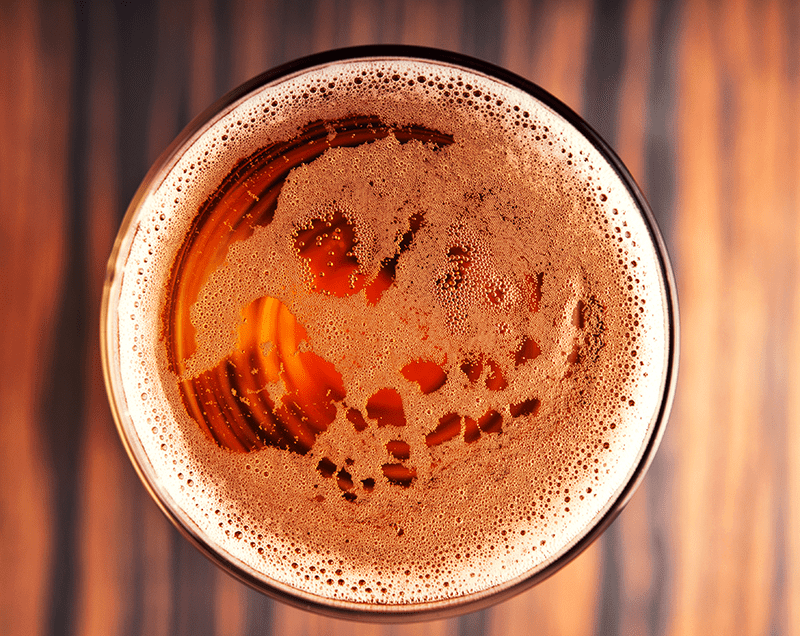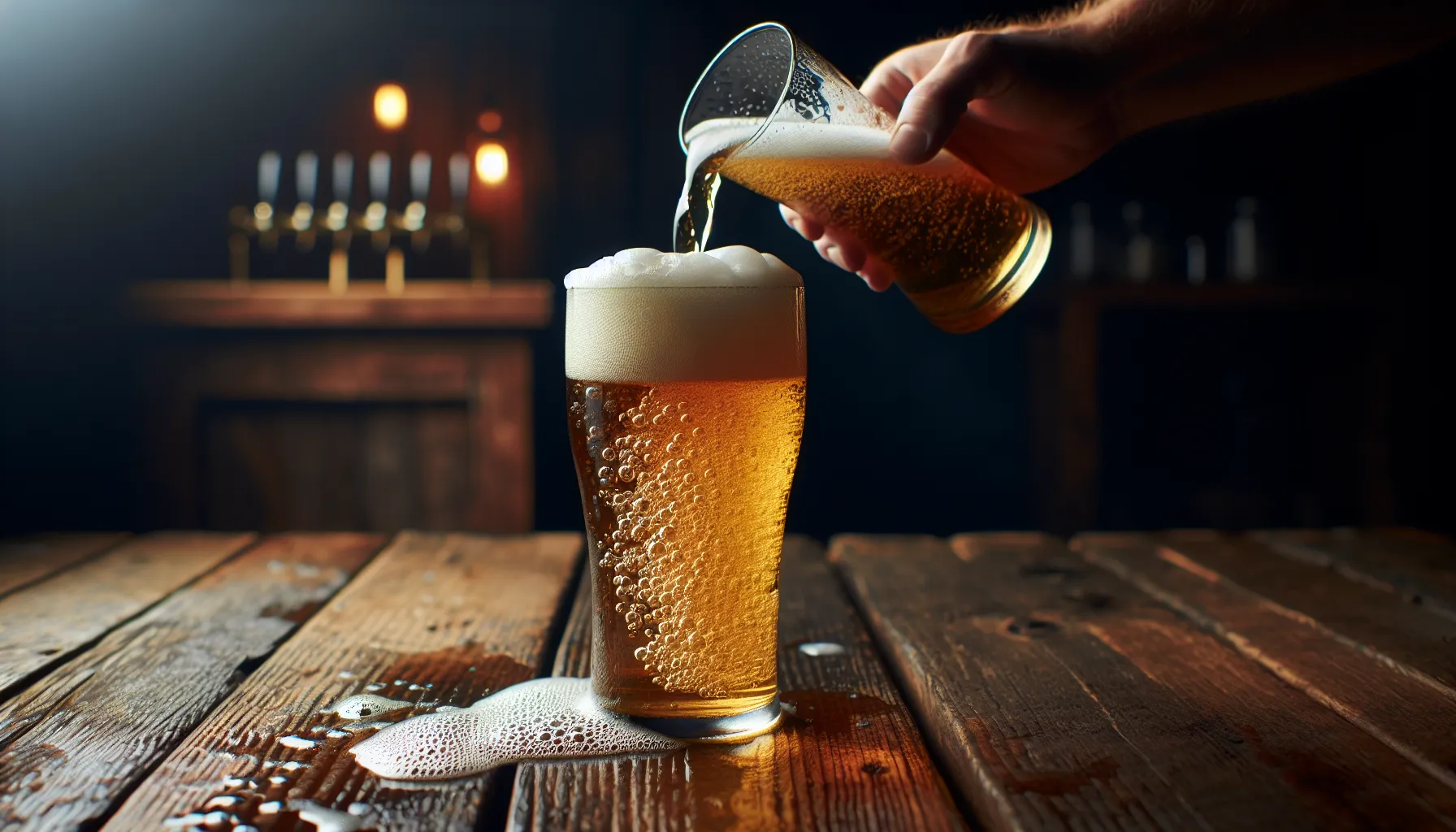Flat Beer: A Reflection on Taste and Experience
In the world of beverages, few things evoke as much passion and debate as beer. Among the myriad of styles and flavors, the term "flat beer" often surfaces, conjuring images of disappointment for many enthusiasts. However, this seemingly negative descriptor can lead to a deeper exploration of taste, quality, and the overall experience of enjoying a drink.

Flat beer typically refers to beer that has lost its carbonation, resulting in a lack of the effervescence that many drinkers cherish. This absence of bubbles can alter the drinking experience significantly. The first sip of a well-carbonated beer is often a burst of flavor, enhanced by the lively bubbles that dance on the palate. When a beer is flat, that initial excitement is replaced by a dullness that can overshadow the beer’s intended flavors.
Yet, the reasons behind flat beer can be varied and intriguing. Sometimes, it is simply a matter of storage. Beer that has been improperly stored, exposed to heat, or left open for too long can lose its carbonation. Other times, it may be a result of the brewing process itself. Certain styles, such as stouts or porters, may naturally have less carbonation, leading to a smoother, creamier mouthfeel. In these cases, the flatness can be an intentional choice by the brewer, aiming to create a specific drinking experience.
Understanding the nuances of flat beer also invites a discussion about personal preferences. Some drinkers may actually enjoy the softer texture and the more pronounced malt flavors that can emerge when carbonation is minimal. This perspective challenges the conventional notion that all beer must be bubbly to be enjoyable. It opens the door to a broader appreciation of different styles and brewing techniques.
Moreover, flat beer can serve as a reminder of the importance of freshness in beer consumption. Many craft breweries emphasize the need to drink their products fresh, as the flavors can evolve and change over time. A flat beer may indicate that it has been sitting on the shelf for too long, losing its vibrancy. This highlights the significance of understanding the lifecycle of beer, from the brewing process to the moment it reaches the consumer’s glass.
The experience of drinking flat beer can also be a social one. Imagine gathering with friends, sharing stories and laughter, only to discover that one of the beers has gone flat. Instead of disappointment, this moment can spark conversations about preferences, brewing methods, and the art of beer-making. It can lead to discussions about the importance of proper storage and the best practices for enjoying beer at its peak.
In many cultures, beer is more than just a drink; it is a symbol of camaraderie and celebration. The experience of sharing a flat beer can remind us that not every moment needs to be perfect. Sometimes, it is the imperfections that create the most memorable experiences. A flat beer can become a topic of laughter, a shared story that bonds friends together.
Ultimately, the journey of exploring flat beer is about more than just the beverage itself. It encourages drinkers to engage with their choices, to think critically about what they enjoy, and to appreciate the craftsmanship behind each brew. Whether it is a flat stout that reveals hidden flavors or a lager that has lost its fizz, each experience contributes to a richer understanding of beer as a whole.
As we navigate the diverse world of beer, it is essential to embrace all aspects of the experience, including the unexpected. Flat beer may not be what we initially seek, but it can lead to delightful discoveries and deeper connections with the beverage we love. The next time you encounter a flat beer, consider it an opportunity to explore the subtleties of flavor and the stories that unfold with each sip.




